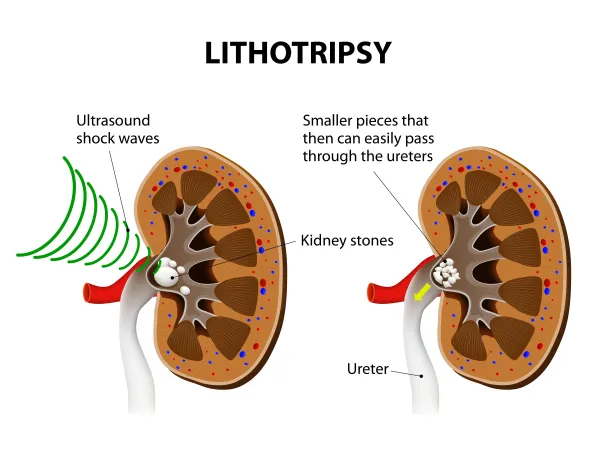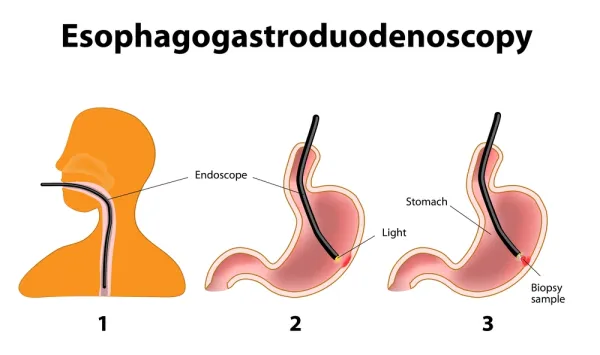Code Constipation with Confidence
Walk through the sample encounters and see if you agree with our experts. There’s no question that gastroenterology coders see a lot of constipation encounters. However, as familiar as some of the codes might be, coding the condition isn’t always as straightforward as you’d think. With so many potential causes, it’s imperative you pay close attention to all the details to arrive at the correct codes. Follow this advice the next time you’re called to code constipation. Understand the Complexity of the Condition “Constipation can be caused by a change in diet and exercise, lack of water intake, side effects of medication, or the beginning of something more serious such as irritable bowel syndrome (IBS), or cancer. It is one of the hardest conditions for providers to properly diagnose,” says Keisha Wilson, CCS, CPC, CRC, CPMA, CPB, Approved Instructor, KW Advanced Consulting, LLC, Brooklyn NY.To illustrate this, take a look at the following example. Initial visit: Let’s say a patient with a 12-month history of intermittent constipation and a family history of irritable bowel syndrome and colon cancer presents with severe bloating, gas, nausea, and a complaint of not having had a bowel movement in five days. Previous tests show no celiac disease and no diverticulitis. The patient’s gastroenterologist orders a test to check thyroid levels, recommends a week of laxative use, and suggests a temporary diet change, then instructs the patient to return after one month. The physician suspects the patient might suffer from IBS, chronic constipation, or hypothyroidism. Follow-up visit: Patient returns feeling a little better, but still unable to defecate comfortably without the use of laxatives. Thyroid test came back normal. Provider diagnoses chronic functional constipation and possible IBS. Further testing might be required if condition persists or worsens. Notice how the gastroenterologist has documented their thoughts on potential diagnoses. There is a lot of information for you to consider, so it’s important to break down each encounter appropriately to properly report the encounters. Distinguish What Information to Code “Since constipation is a symptom and also a diagnosis, it’s important to therefore first recognize if the provider is describing a symptom or diagnosing the patient definitively,” says Chelsea Kemp, RHIT, CCS, COC, CDEO, CPMA, CRC, CCC, CEDC, CGIC, AAPC Approved Instructor, outpatient coding educator/auditor for Yale New Haven Health, New Haven, Connecticut. Code signs and symptoms: “There is no definitive diagnosis documented. But right away, I see the patient has not had a bowel movement in five days, and that constipation has been taking place intermittently for 12 months,” explains Wilson. This brings into question whether the presenting problem is chronic constipation or the patient not having had a bowel movement in five days. The relevant symptom codes are as follows: You want to report R19.4 to account for the five days without a bowel movement but remember that constipation and changes in bowel habits cannot be coded together, per the Excludes1 note under R19.4. “I favor coding the changes in bowel habits for this case since the presenting problem is documented as ‘not having a bowel movement in five days,’” Kemp argues. Query the provider if necessary: Whenever it is not clear what the presenting problem truly is, you will need to seriously consider seeking confirmation from the provider. Thorough documentation is essential to correct coding. “Every patient encounter is different, and some key words may change the way you code one encounter from the next. It’s important to read the record thoroughly, query the provider when necessary, and capture the full clinical picture for the visit,” Kemp says. Next, code the history: “Family history codes are for use when a patient has a family member(s) who has had a particular disease that causes the patient to be at higher risk of also contracting the disease,” according to ICD-10-CM official guideline I.C.21.c.4. The guidelines go on to explain the reason for the encounter should be sequenced first, followed by the appropriate personal or family history codes. For the first encounter, this would mean coding Z80.0 (Family history of malignant neoplasm of digestive organs), Z83.49 (Family history of other endocrine, nutritional and metabolic diseases), and Z83.79 (Family history of other diseases of the digestive system) as applicable depending on provider documentation. “This gives the full clinical picture for this visit by identifying the other factors that could influence decision making,” Kemp says. Look for an Official Diagnosis The gastroenterologist did not diagnose the patient until the second visit. The notes from the second encounter aren’t as verbose, but they do contain a definitive diagnosis. Be careful though, because you’re also dealing with a potential diagnosis of IBS. “The diagnosis of chronic functional constipation codes to K59.04 (Chronic idiopathic constipation), but the ‘possible IBS’ cannot be coded in the outpatient setting. Only a confirmed diagnosis can be used,” Wilson explains. “Also, during the follow-up visit, there is no clear assessment and plan,” Wilson says. This makes coding to the highest specificity and most accurate E/M level almost impossible without having to ask the provider for more information. “It goes beyond receiving reimbursement for services rendered. It’s important to the patient’s health and ongoing care that everything be properly documented. Also, if another provider assumes care, they will need to know the accurate status of the patient as well as treatment plan,” Kemp adds. Tip: Share feedback with your provider to help them capture all the information you need to assign the correct code. Working together will ensure your provider gets the reimbursement they deserve and you compliantly assign diagnosis codes.





